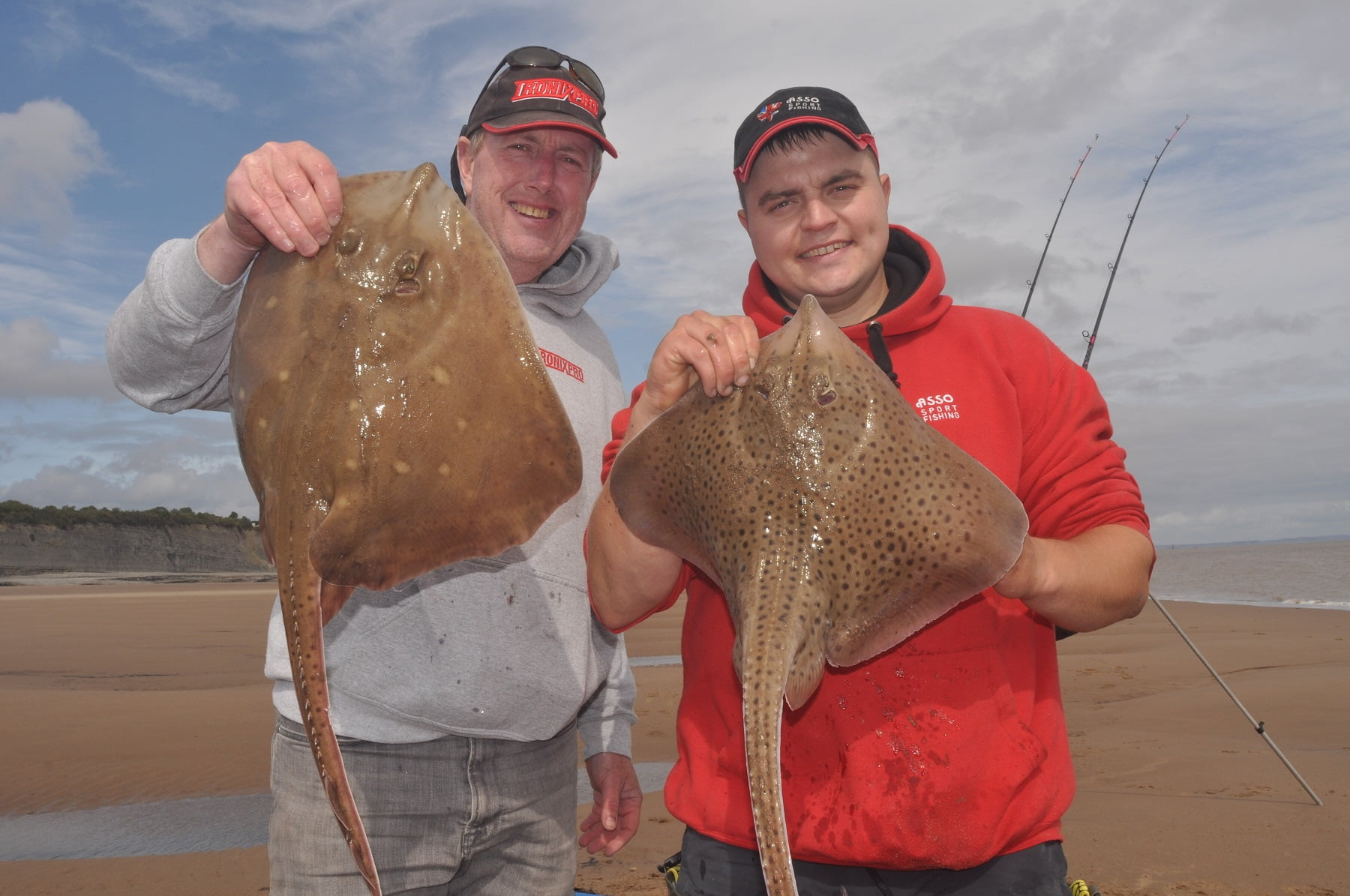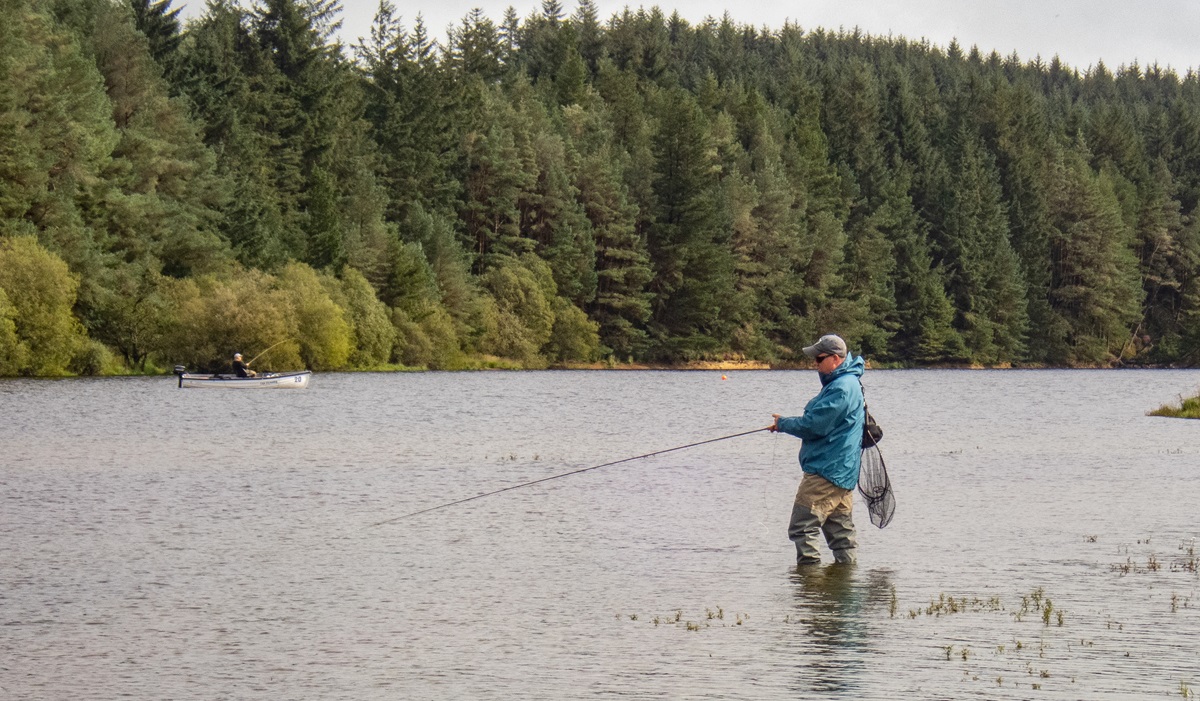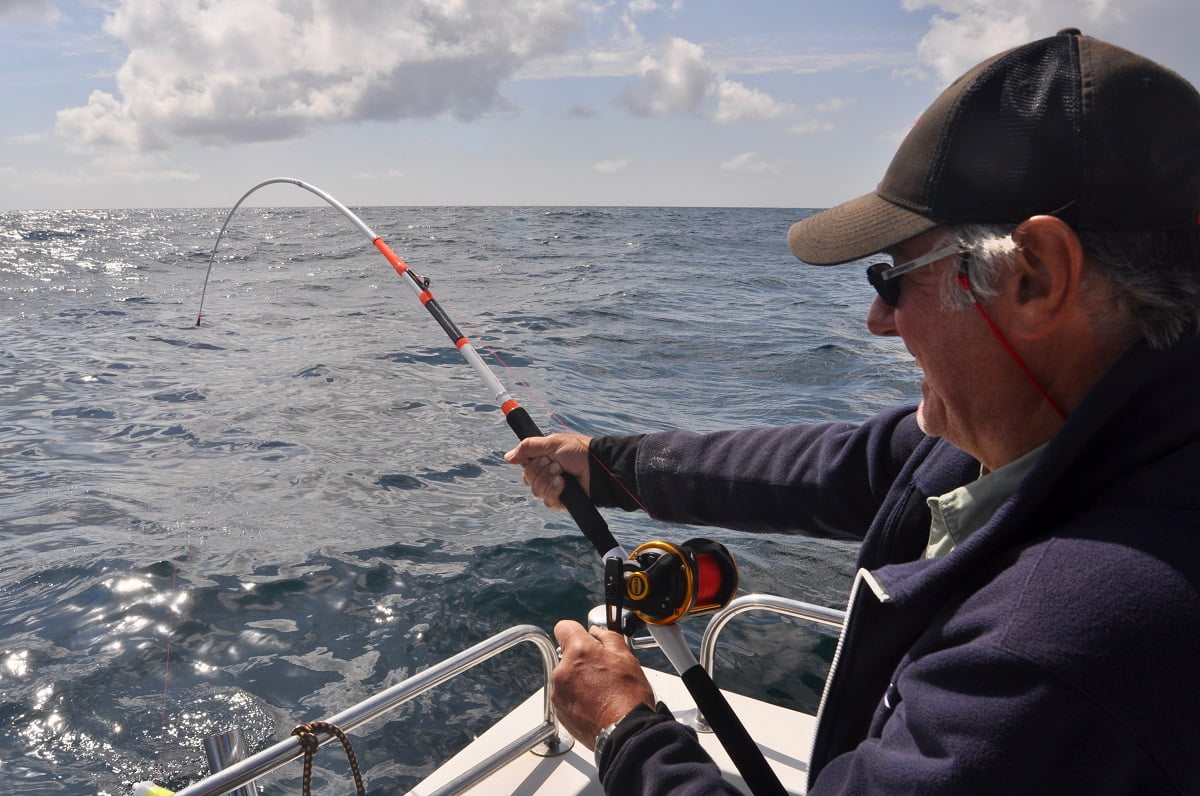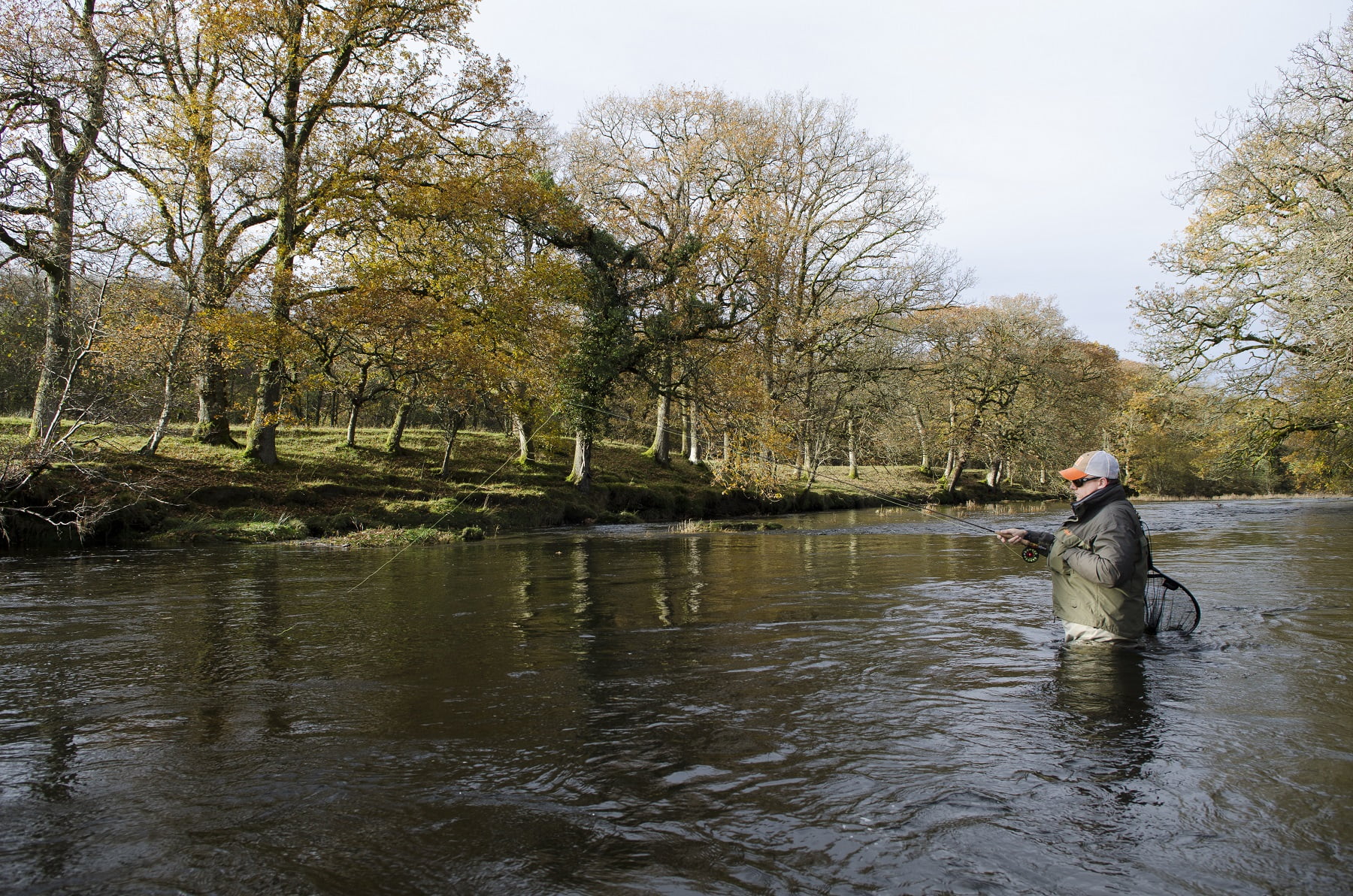Rays
Blonde Ray – Raja brachyura
Small Eyed ray – Raja microcellatus
Thornback Ray – Raja clavate
With their flattened bodies and long whip like tail there is no mistaking a ray. There are several species of rays found around the Welsh coast, but here we focus on the species of most interest to the angler.
They are a powerful fish – even a small one will put a bend in the rod. Rays tend to arrive in Welsh waters in spring, with the best fishing in the summer/early autumn. Some species grow in excess of 20lb. Rays generally like clean, sandy ground where they hunt for crustaceans and molluscs buried in the sand. For bait rays take mackerel, squid, peeler crab well.
Blonde Ray – The biggest of the Welsh rays, Blondes can grow larger than 30lb. Double figure blondes are common off Welsh shores, especially Bristol channel marks in South Wales, such as the Sully sand spit and lavernock.
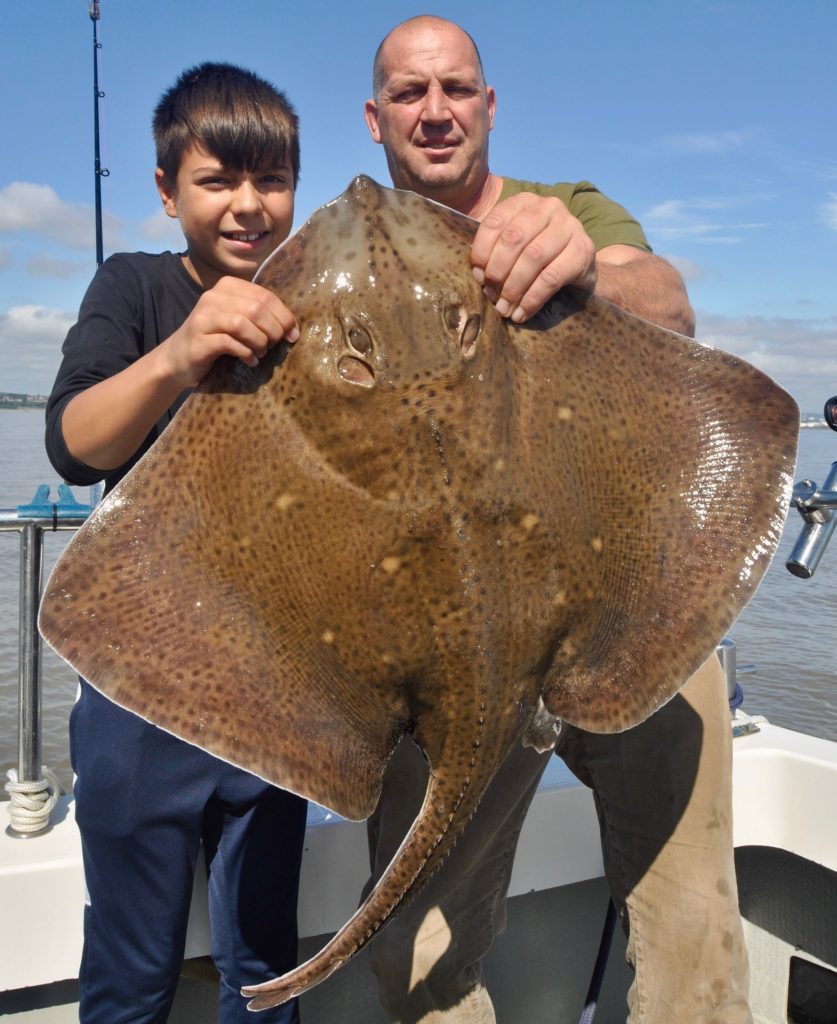
Small Eyed – A common Ray in the Bristol channel, can grow over 15lb but most run between 3lb and 10lb. The South Wales coast has a long-standing reputation for producing large small eye, with marks such as Monk Nash producing good fish.
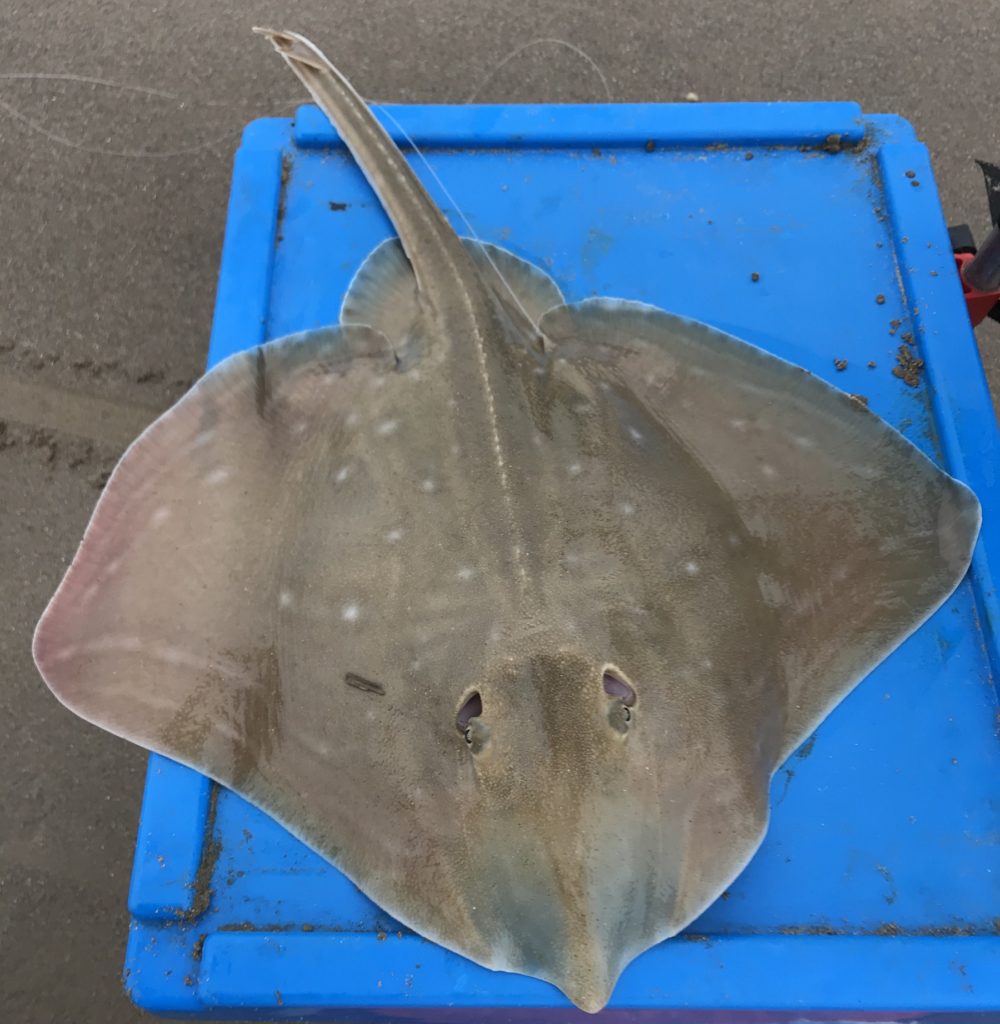
Thornback Ray – A widespread species that can be found in estuaries and sheltered bays with muddy-sandy ground, in other parts of the coast they can be found on open beaches. Thornback rays can hit 20 lb most fish are between 3 – 10 lb in weight. Thornbacks are common in North Wales, especially around Anglesey and Llyn peninsula.
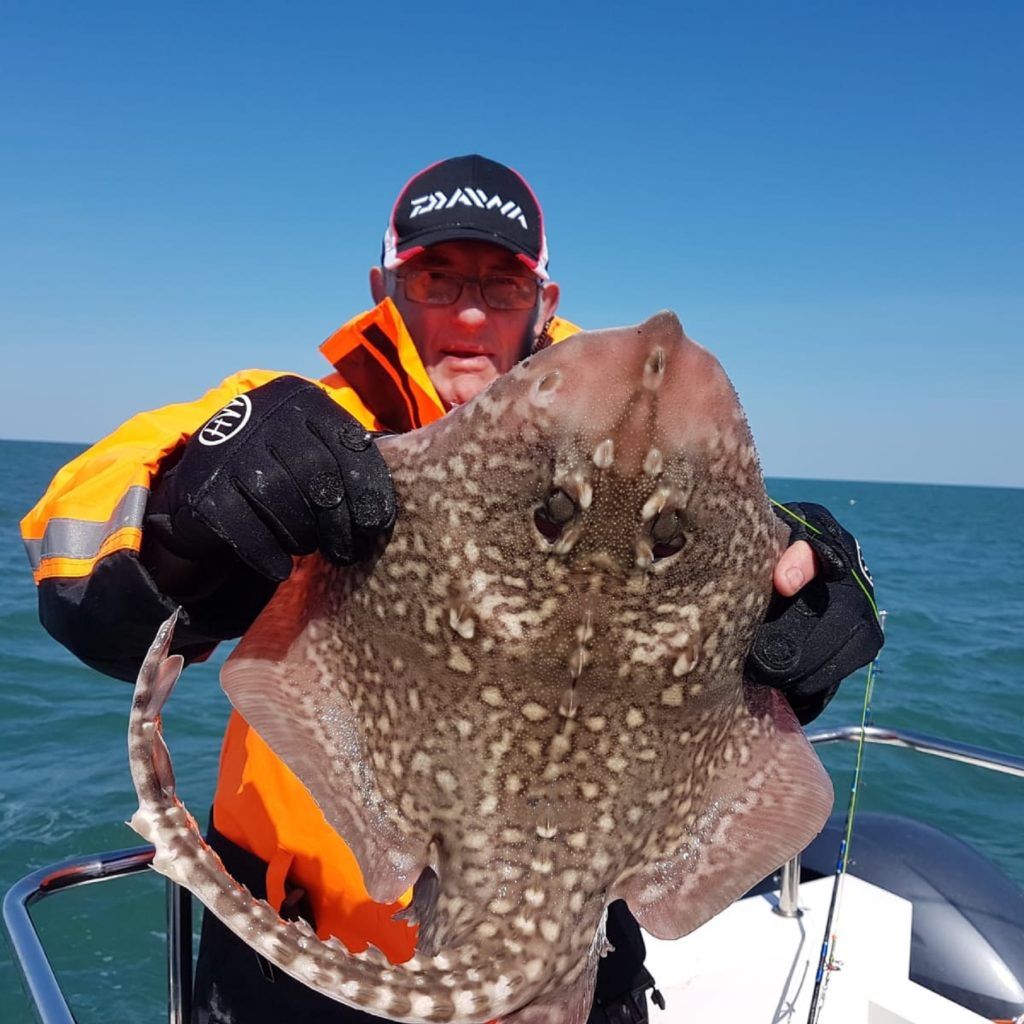
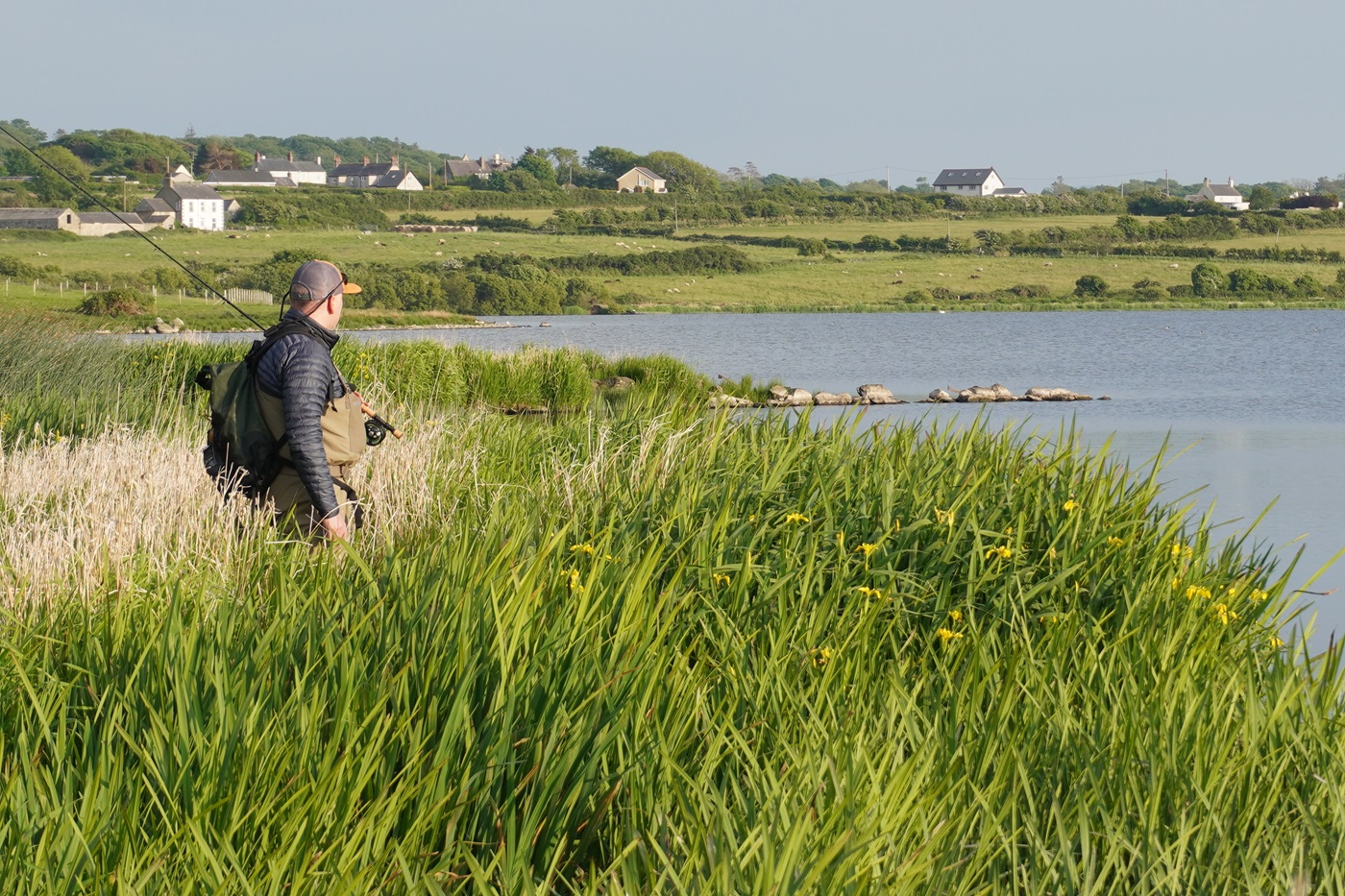
Llyn Coron Fishery Anglesey VIDEO
We visit Llyn Coron on Anglesey, where we talk to fishery manager David Griffiths about this stunning and unique venue,…
Read More
Fishing Clubs of Wales: Crow Valley Angling VIDEO
We join the Crow Valley Anglers on the Cwmbran boating lake, where we learn about the venue and the…
Read More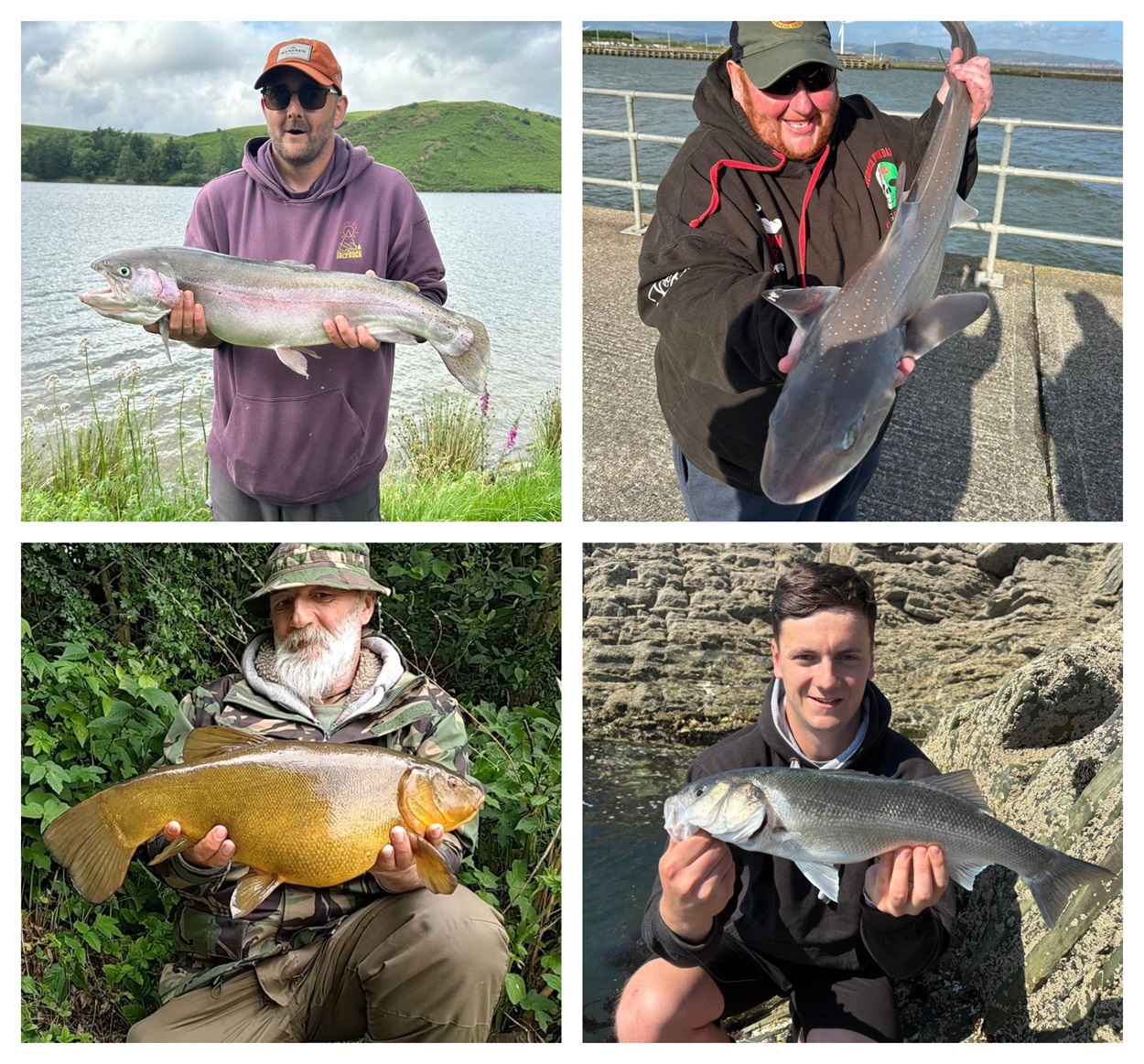
End of June 2025 Fishing Update – Game, Coarse and Sea
As we head into summer, anglers across Wales are enjoying a diverse range of fishing opportunities. While warmer river conditions…
Read More
